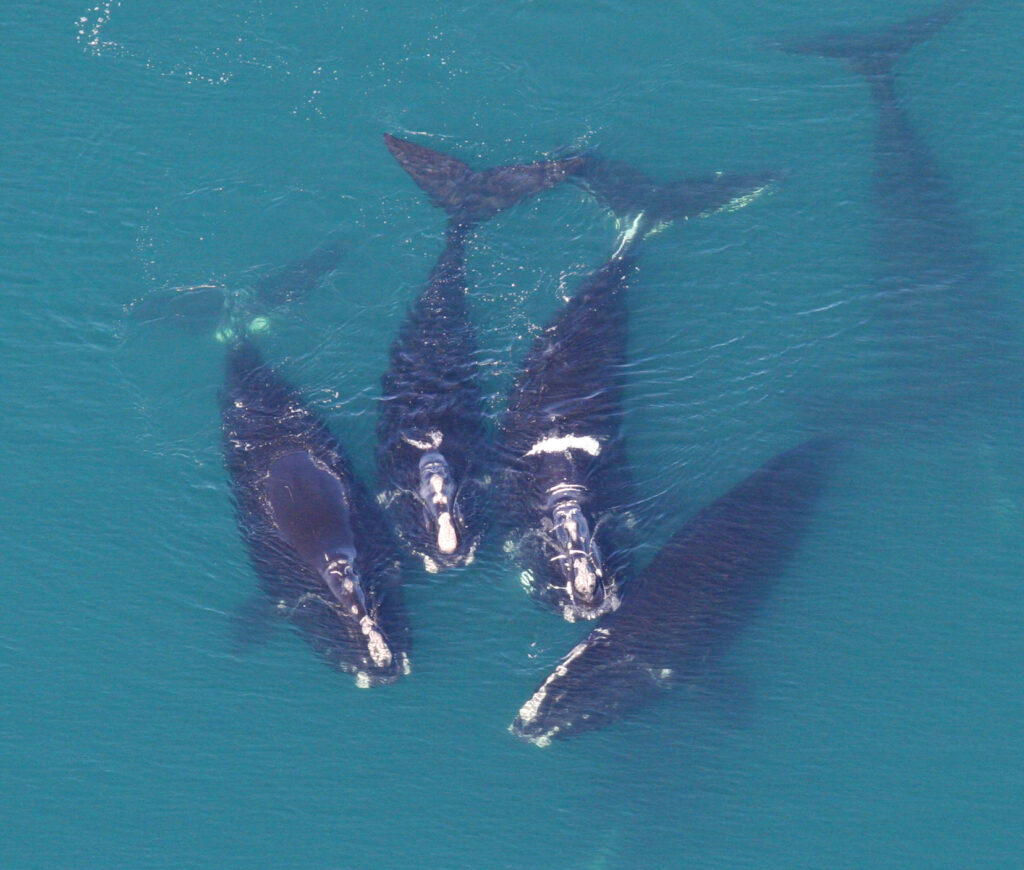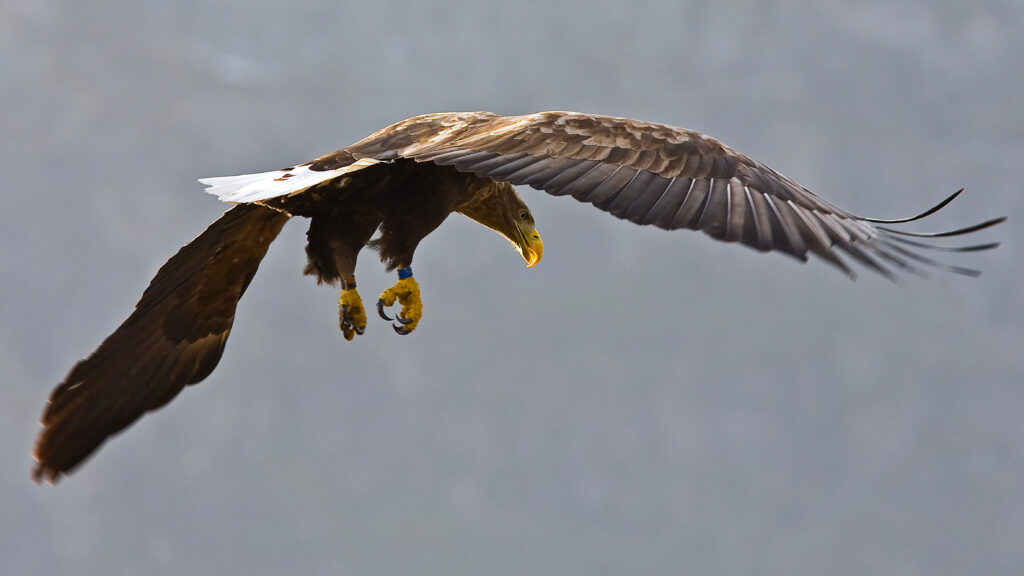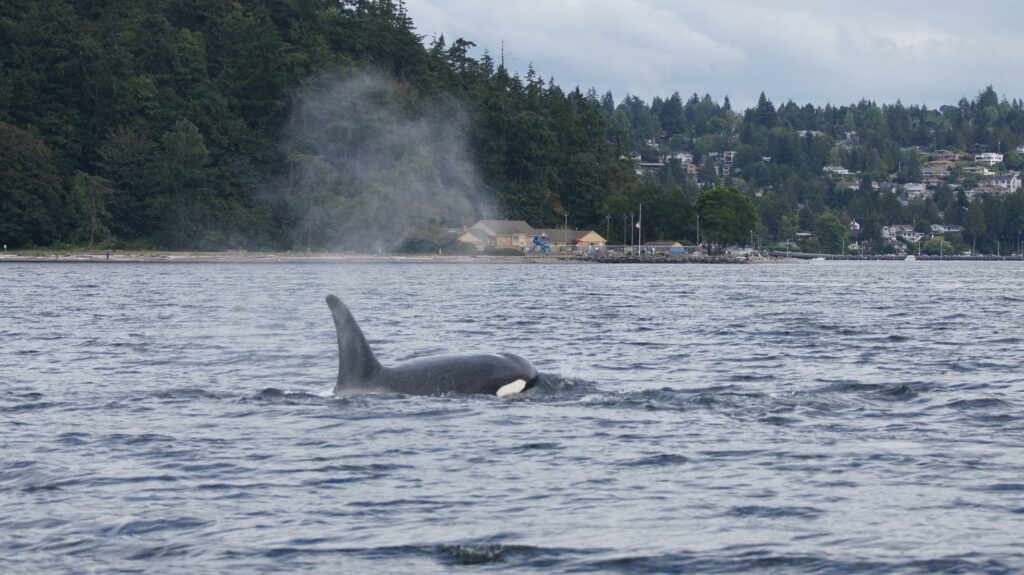Science and Research
An Oxford University study has revealed that eating less meat would be like taking 8 million cars off the road. Low meat-eaters were found to produce 5.37kg of greenhouse gases per day, almost half of the 10.24kg that big meat-eaters produced. Fish-eaters and vegetarians produce 4.74kg and 4.16kg respectively while vegans produce only 2.47kg. The results, which also detail land use, water use and biodiversity impacts, show the benefits that a low-meat diet can have for the planet. It has long been established that meat production has a bigger carbon footprint than plant production, but the level of detail seen in the study is unprecedented according to scientists.

Climate Crisis
Thousands of people have been evacuated from Greece following intense wildfires on the island of Rhodes. Strong winds blew fires that had been raging in the island’s interior towards the coast threatening hotels and tourist areas. Meteorologists have warned that temperatures are forecast to reach a 50-year high for the month of July in Greece, with extremes of up to 45°C. Brutally high temperatures have been seen across southern Europe this July, including Italy where most major cities have been put on red heat alert.
The former head of the UN climate body the IPCC has warned that the world will miss the 1.5°C warming limit target. Leading British climate scientist Professor Sir Bob Watson told the BBC that he is “pessimistic” about even achieving a 2°C limit. The 1.5°C limit was agreed at the UN conference in Paris in 2015 and has become a focus for global efforts to tackle climate change. The IPCC has said that failing to meet the 1.5°C threshold could expose millions more people to losing their homes to rising sea levels, increased water insecurity, and devastating coral reef biodiversity losses. To meet the 1.5°C or 2°C targets, greenhouse gases need to be reduced; however, emissions are continuing to rise.
Extinction Risk
The world’s most endangered large whale is closer to extinction than experts thought. In a blow for whale biodiversity, only a few hundred North Atlantic right whales are estimated to remain in the world’s oceans according to the NOAA. With only 70 reproductively active females remaining, the species is fast approaching extinction. Unexpectedly high mortality since 2017, in large part from human activity, has resulted in a catastrophic decline in right whale numbers. Research by the New England Aquarium has suggested that vessel strikes and fishing gear entanglements are the greatest threat to the 100 ton marine mammal; 86% of identified whales were found to have been caught in fishing gear.

Golden paintbrush has been removed from the endangered species list following recovery efforts. The US Fish and Wildlife Service has taken the flowery yellow plant off the endangered species list after more than 25 years. The flower can be found in the Pacific Northwest where its native range stretches from Oregon to southwestern British Columbia. Golden paintbrush numbers shrunk significantly due to pressure from invasive species, recreational picking and fire suppression. However, following replanting efforts, the number of sites the species is present in has increased from 10 to 48. In a boost for local biodiversity, the plant’s recovery could also benefit associated species such as the Taylor’s checkerspot butterfly and Mazama pocket gopher.
Conservation
The south of England saw its first white-tailed eagle birth in 240 years. White-tailed eagles were once widespread across England but became extinct due to human persecution. The birds, also known as sea eagles, are Britain’s largest birds of prey with a wingspan approaching 2.5 meters (8.2 ft). A Forestry England and Roy Dennis Wildlife Foundation project re-introduced the birds to the Isle of Wight from northern Scotland in 2020. Licensed ornithologists have ringed the chick and fitted it with a tracking device.

In a similarly successful re-introduction programme, pine martens saw a third successful breeding year in the Forest of Dean. The initiative led by the Gloucester Wildlife Trust introduced 35 individuals to the forest between 2019 and 2021 with numbers now swelling to close to 60. Pine martin populations at one point were pushed to the remote corners of Scotland due to hunting and deforestation; however, recent recovery programmes in Wales and England have seen the elusive mammal returning from the brink of extinction south of the Scottish border.
Policy
G20 countries failed to reach an agreement on cutting fossil fuels following recent meetings in India. The summit saw disagreements over a goal of tripling renewable energy capacity by 2030 which Saudi Arabia, Russia, China, South Africa and Indonesia are known to oppose. G20 members account for more than three-quarters of global emissions and so efforts by the group to reduce carbon emissions are essential if global warming targets are to be met.
New Discoveries
A study has found that post-menopause orca mothers protect their sons from other orcas. Using data from the Center for Whale Research’s annual photographic census, researchers found that if a male orca’s mother was still alive and no longer reproducing, the male would have reduced scarring when compared to peers with a mother still reproducing or without a living mother. Females can live up to 90 years in the wild with an average of 22 years after menopause. Previous studies have shown that post-menopause mothers also aid their families by sharing food.

Read More
See our previous biodiversity news stories covering topics from corvid behaviour to capercaillie populations.







